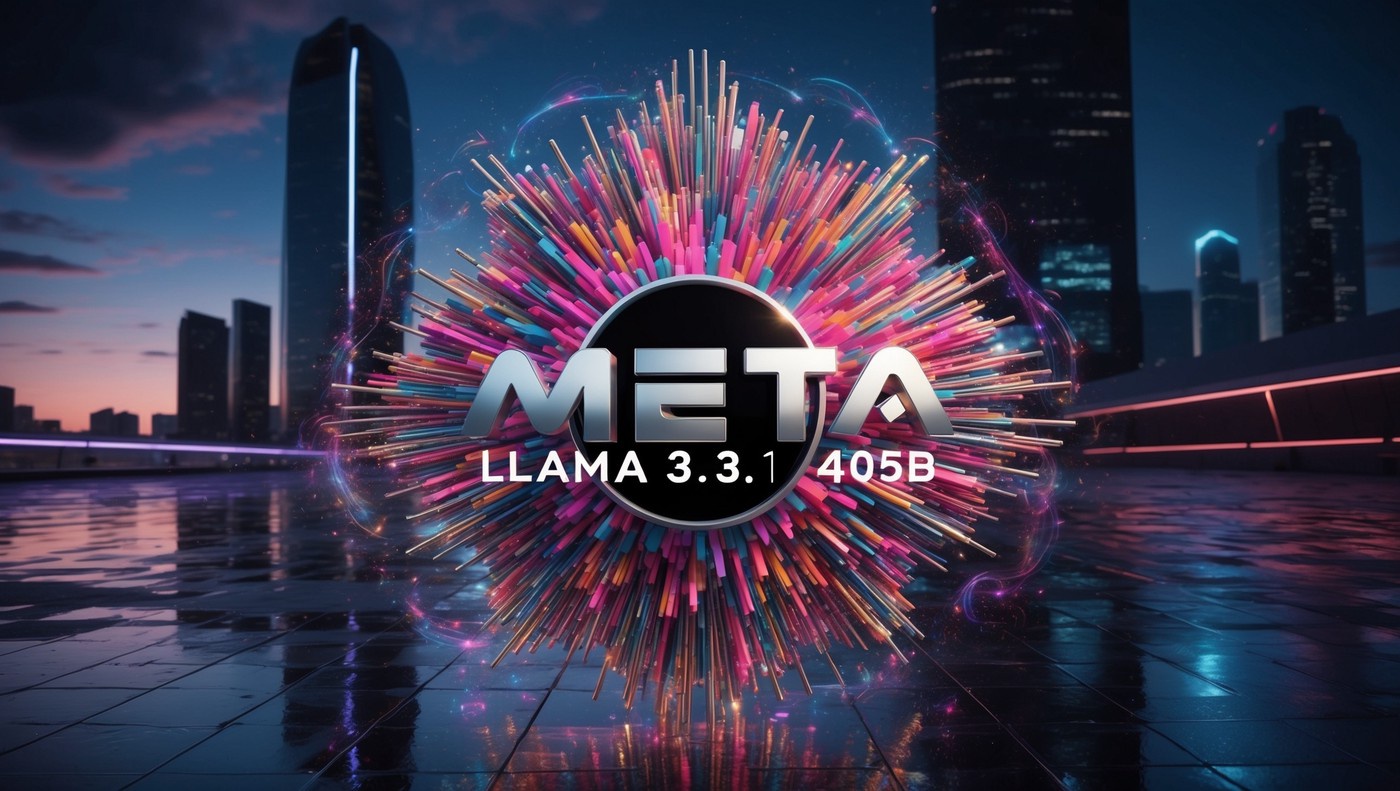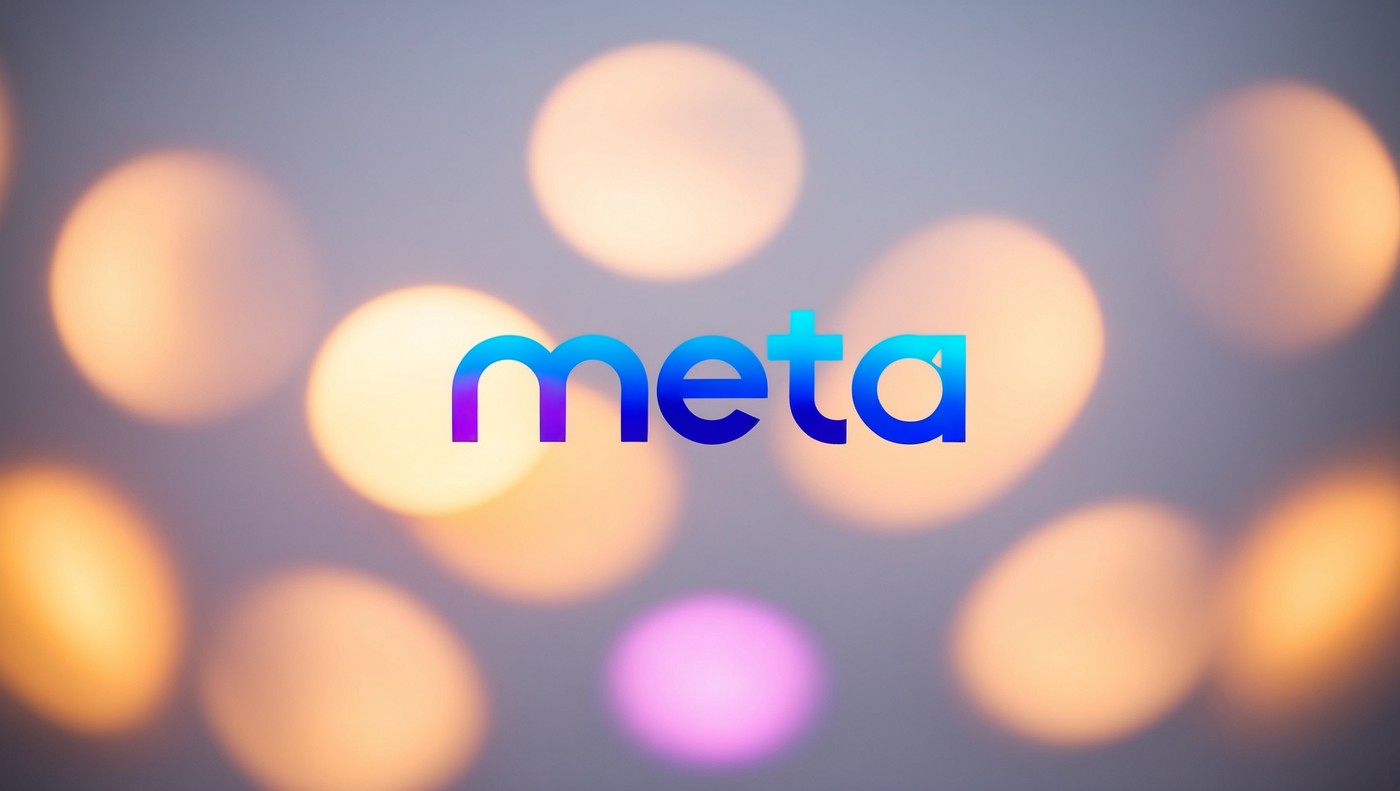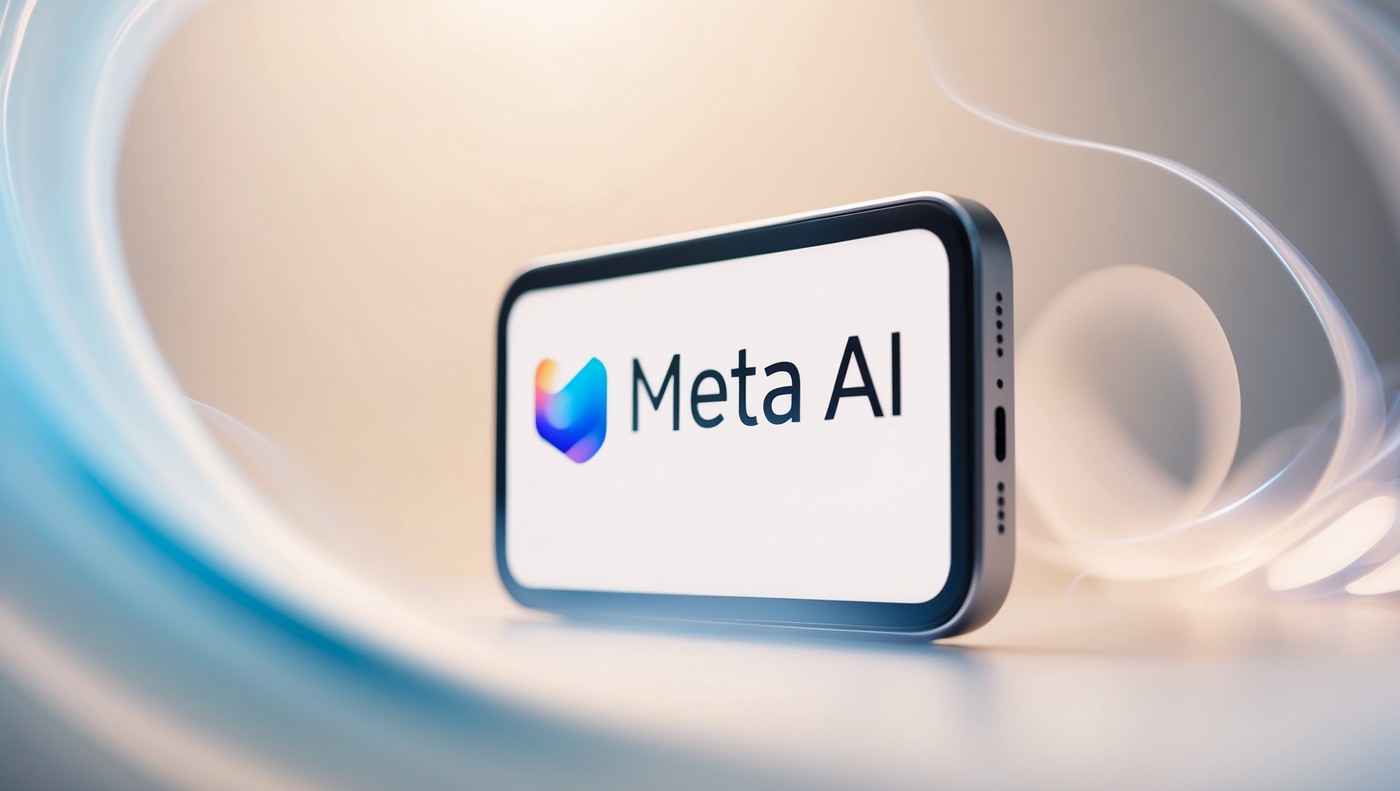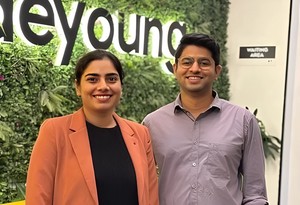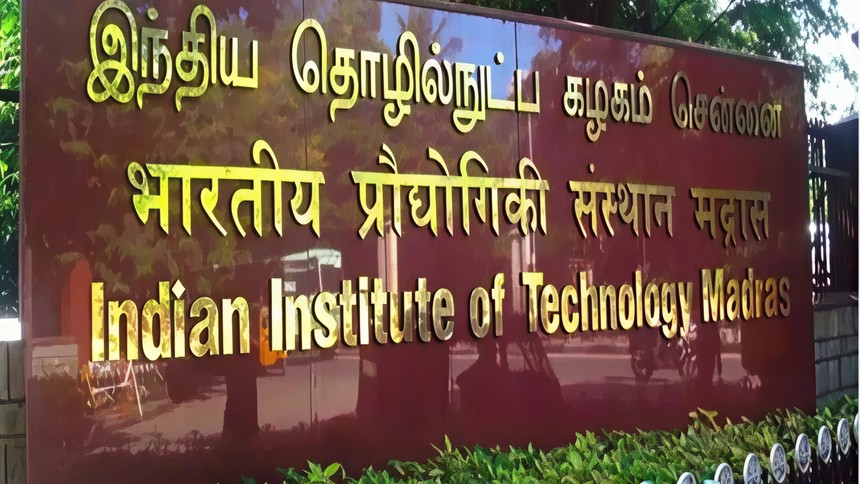In the ever-evolving world of artificial intelligence (AI), a crucial debate is unfolding between proponents of open-source and closed-source AI models. While some companies prioritize keeping their AI datasets and algorithms private, others advocate for transparency and public access. Meta, the parent company of Facebook, has taken a significant step in the open-source AI movement by unveiling a collection of large AI models, including the groundbreaking Llama 3.1 405B. This model represents a major advancement in open-source AI and aims to democratize access to cutting-edge technology.
The Significance of Open-Source AI
Open-source AI refers to models and datasets that are publicly accessible, allowing anyone to see the underlying code and data. This transparency fosters collaboration and innovation, enabling smaller organizations and individuals to participate in AI development. Open-source AI also facilitates scrutiny, helping identify biases and vulnerabilities within AI systems.
By contrast, closed-source AI models, such as OpenAI's ChatGPT and Google's Gemini, keep their datasets and algorithms proprietary. This lack of transparency can hinder public trust and slow innovation, as users depend on a single platform for AI solutions.
Meta's Pioneering Move with Llama 3.1 405B
Meta's release of Llama 3.1 405B marks a historic moment in AI development. Touted as the largest open-source AI model to date, Llama 3.1 405B is a large language model capable of generating human-like text in multiple languages. Although the model is freely downloadable, its substantial size necessitates powerful hardware for optimal performance.
While Llama 3.1 405B may not outperform all other models across every metric, it excels in certain areas, such as reasoning and coding tasks. Meta's commitment to open-source AI positions it as a leader in the field, fulfilling the original mission of OpenAI to advance digital intelligence for the benefit of humanity.
Challenges and Opportunities of Open-Source AI
Despite its benefits, open-source AI presents certain risks. Quality control can be challenging, and open access to code and data may expose models to cyberattacks or misuse. However, the advantages of transparency, collaboration, and accessibility outweigh these concerns.
The introduction of Llama 3.1 405B by Meta sets a new standard for open-source AI, empowering researchers, startups, and small organizations with limited resources to leverage advanced AI technology.
Shaping the Future of AI
To ensure AI serves as an inclusive tool for all, three key pillars must be prioritized:
-
Governance: Establishing regulatory and ethical frameworks to ensure responsible AI development and usage.
-
Accessibility: Providing affordable computing resources and user-friendly tools to create a fair landscape for developers and users.
-
Openness: Ensuring datasets and algorithms are open source to promote transparency and accountability.
The responsibility for achieving these pillars rests with governments, industries, academia, and the public. By advocating for ethical AI policies, staying informed about AI advancements, and supporting open-source initiatives, we can create a future where AI serves the greater good.
Follow us on instagram for more details- https://www.instagram.com/techmoves/


